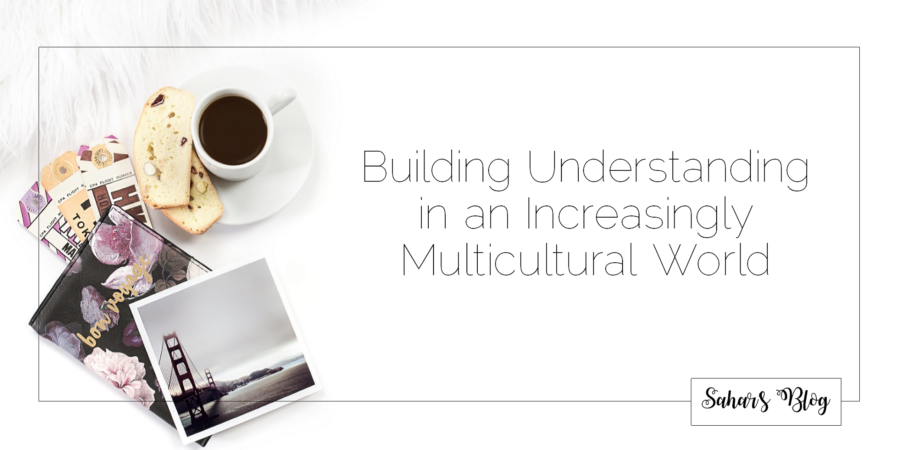The topic of building understanding has been touched upon a couple of times on this blog (here, here, and here). But while it’s easy to agree on the importance of building understanding, it’s not as easy to come up with ways to do it.
Big Questions, Simple Answers, Complex Requirements
Oftentimes, the answer to such big questions is very simple while at the same time—and perhaps paradoxically so—complex in its requirements. For example, one important element in building understanding is eliminating assumptions about people. It seems like a very simple task: stop assuming. Perhaps it even seems too simple to have the power to make a lasting difference. But when we start tracing out how assumptions can be eliminated, we realise how complex the process is, and how much work each step requires. First, we have to acknowledge that we have assumptions, a task our egos can complicate quite a bit. Second, we have to accept that we have assumptions; any guilt we might hold on to tends to paralyse us. Then we have to identify the assumptions we are making; is it based on their gender, their culture, their dress, the way they hold themselves, the way they talk, or something else altogether?
Learning to See and Describe Reality
The process of moving beyond assumptions readies our minds to see what is actually before us. We move beyond seeing a construct of our minds to identifying neutral features and attributes. For example, we move from “nice Canadian” to “a person wearing a red Roots sweater talking in the same tone used with their dinner partner to the waiter who brought out the wrong order”. While not everyone can agree with the former definition, the latter is a neutral description that all eyes and ears can attest to. And the good news is that we can gain a lot of practice simply by learning to describe our physical environment in a neutral way. Just give the scarves in the header a try!
Learning to Deepen our Perception of Reality
We can build on an understanding of reality based on our senses to deepen our perception of reality through questions. Again, this seems like a simple enough task: ask. But when we start asking questions, we realise that there is a time, a place, and a way to ask questions that requires many qualities such as tact, wisdom, and eloquence, to name a few. However, it seems that people are open and receptive to even the most sensitive of questions when they are asked in a spirit of seeking understanding. It’s almost like the mere heartfelt effort of trying to move beyond assumptions to truly get to know someone touches their heart and makes them happy to enter into the arena of an open and respectful conversation.
Final Thoughts
This process is both incredibly simple and remarkably complex. It doesn’t require much, but it requires it to be done systematically and thoroughly. There are a couple of tools that have already been the topic of posts on this blog which come in handy, such as journals and mantras. I hope to hear from readers on how they use their journals and mantras in the process of building understanding, as well as hearing about other tools and methods used to do the same.

